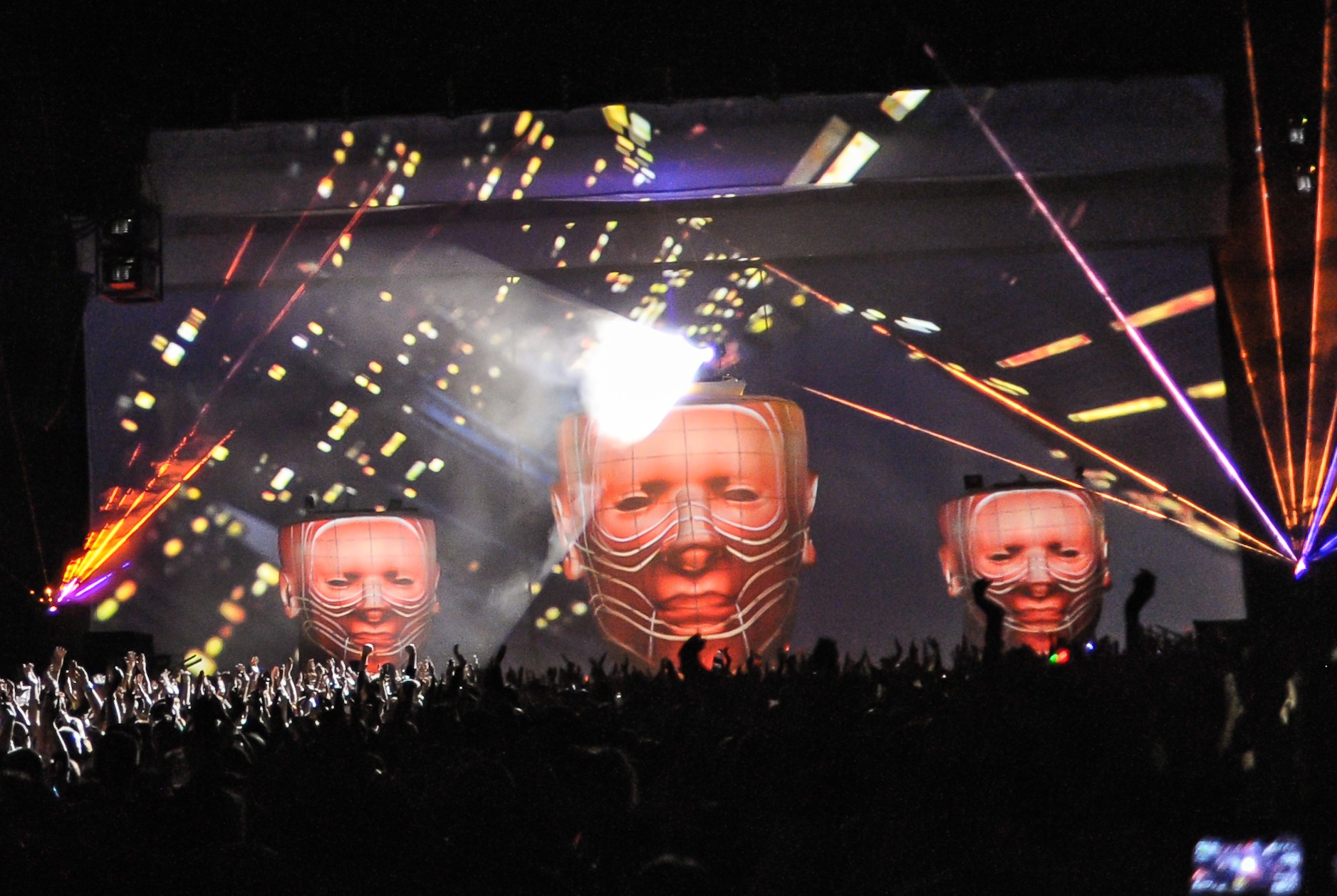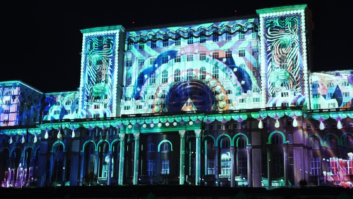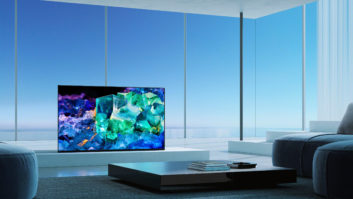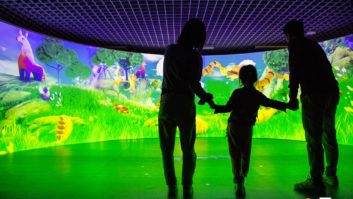
For many years, ‘high-end’ projectors have tended to be those with the highest brightness. But is it as straightforward as that? Ian McMurray reports.
In May 1996, Electrohome – subsequently acquired by Christie – announced the Vista Pro. It was the first projector to feature TI’s 3-chip DLP technology and delivered an astonishing (for the time) 1,000+ lumens of brightness, albeit at a paltry SVGA resolution. Almost 20 years have passed since then, and 1,000+ lumens is commonplace.
But if 1,000+ lumens pretty much defined ‘high end’ back then – how is the category defined today? Is it based on brightness? Price? Functionality? It seems that if you asked 10 different people in the industry for their definition of the high end, you’d get 10 different responses involving some brightness threshold, some combination of features or perhaps some price threshold: if it’s above €/£/$x, it’s high end. That probably applies to any industry. Looked at another way: there are projectors with sophisticated functionality being used in simulation applications delivering around 2,000 lumens: that may make them high end – but not high brightness.
Greg Jeffreys, managing director of projection solutions specialist Paradigm AV, warms to the theme. “There is confusion between ‘high end’ and ‘high brightness’ in the market,” he says. “Many of the applications that we use high-specification projectors for do not have a need for massive brightness. For us, high end is mostly about resolution and bandwidth.”
“But,” he continues, “many of our applications are heavy use, so the cost of ownership overall is critical. If that’s top of the customer’s wish list, there’s a case to be made for low-maintenance or zero- maintenance projectors being ‘high end’.”
For the most part, however, there is indeed an association in the market between high brightness and high end – an association supported by the fact that, typically, the highest-brightness projectors are also the most expensive and offer the most complete set of functionality. It’s perhaps no coincidence that Guinness World Records has an entry for the brightest digital cinema projector – an honour awarded to Barco in 2010 for its 43,000+ lumen DP2K-32B. Barco has since demonstrated a prototype said to be capable of 55,000 lumens, while Christie has announced that it has been chosen by the Seattle Cinerama Theatre to supply a laser projector capable of 60,000 lumens.
But, in broad commercial terms, brightness seems to have remained at a peak of around 40,000 lumens for some time – following several years of constant improvements as manufacturers sought to establish bragging rights. Why is that?
You can find out in the second part, which will be online tomorrow. Or you can read the whole feature now in Installation’s digital edition.







